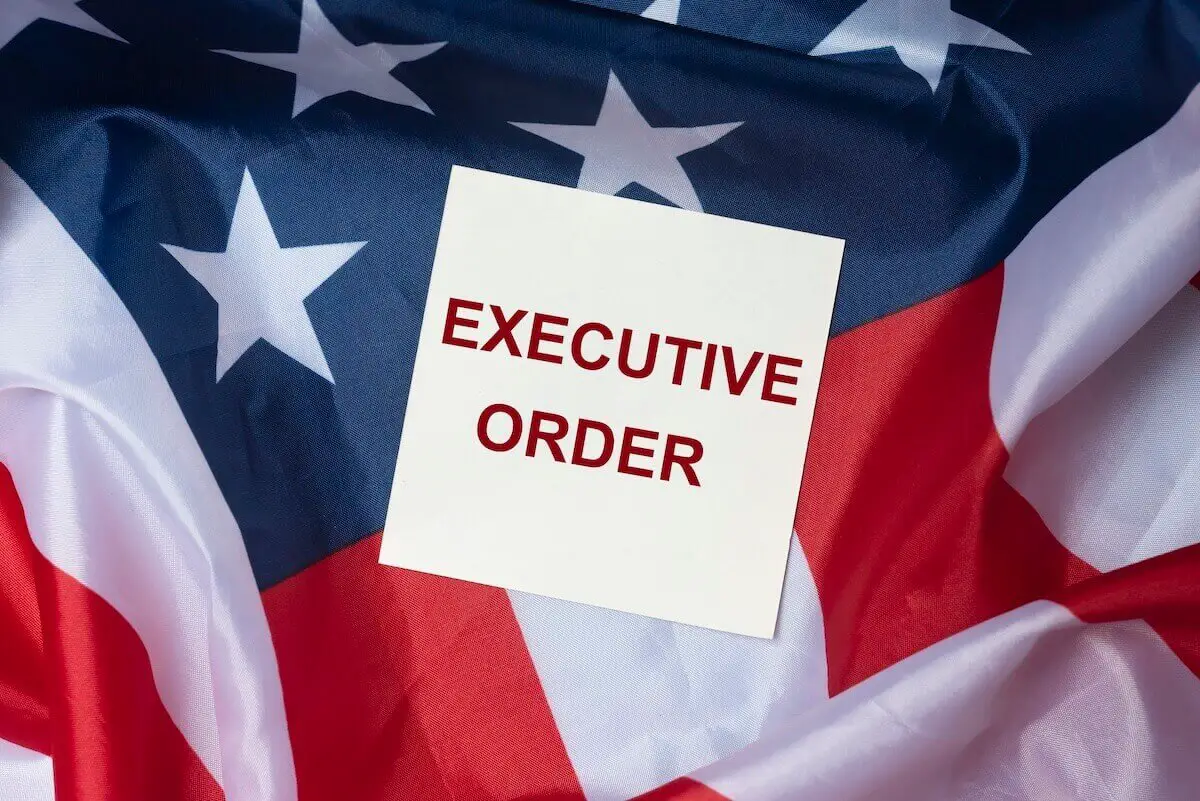Telework and Hiring Freeze: First Day of the 2nd Trump Administration
Shortly after the presidential election, FedSmith posted an article listing actions likely to impact federal employees in a second Trump administration directly. As the days dwindle before the second Trump administration starts, it is becoming clearer what topics are at the top of the agenda and may be addressed in the first couple of days of the new administration.
According to Bloomberg Law, President-elect Trump “is planning a flurry of executive orders around immigration, energy, federal workers and regulatory reform in the early hours after his Jan. 20 inauguration, part of a sweeping effort to quickly implement his policy agenda upon taking office.”
The report cited people familiar with the likely executive orders as being ones that impact immigration policies as well as federal employees.
The Biden policies on immigration were a major reason some voted to put Trump back in office. Because of that, his initial actions will probably include Executive Orders on immigration to tighten restrictions on people coming into the U.S. at border crossings; mandate finishing the border wall, mechanics to carry out mass deportations; and removing federal resources for sanctuary cities.
These actions will not directly impact most federal employees but will likely be welcomed by the Border Patrol Council, a union representing federal employees working on the border. This federal employee union posted this comment in October 2024:
On behalf of the 16,000 men and women represented by the National Border Patrol Council, we strongly support and endorse Donald J. Trump for President of the United States.
The changes in immigration policy will impact all Americans but immediately impact the jobs of those in the National Border Patrol.
Government Hiring Freeze
Actions that will have a direct impact on a larger number of federal employees and almost all federal agencies will include a hiring freeze and mandating federal employees to return to the office for in-person work.
Karoline Leavitt, soon to become the youngest White House press secretary in history, said recently, “The American people can bank on President Trump using his executive power on day one to deliver on the promises he made to them on the campaign trail.”
Readers who were federal employees in 2017 may recall that a similar action was taken shortly after President Trump took office that year.
The 2017 Order read, in part:
By the authority vested in me as President by the Constitution and the laws of the United States of America, I hereby order a freeze on the hiring of Federal civilian employees to be applied across the board in the executive branch. As part of this freeze, no vacant positions existing at noon on January 22, 2017, may be filled and no new positions may be created, except in limited circumstances. This order does not include or apply to military personnel. The head of any executive department or agency may exempt from the hiring freeze any positions that it deems necessary to meet national security or public safety responsibilities. In addition, the Director of the Office of Personnel Management (OPM) may grant exemptions from this freeze where those exemptions are otherwise necessary.
Within 90 days of the date of this memorandum, the Director of the Office of Management and Budget (OMB), in consultation with the Director of OPM, shall recommend a long-term plan to reduce the size of the Federal Government’s workforce through attrition. This order shall expire upon implementation of the OMB plan.
Contracting outside the Government to circumvent the intent of this memorandum shall not be permitted.
This hiring freeze applies to all executive departments and agencies regardless of the sources of their operational and programmatic funding, excepting military personnel.
The new Executive Order imposing a hiring freeze will likely resemble the 2017 version and will probably impact most federal agencies, at least initially. It will be part of the effort to reduce the size of the federal workforce through attrition.
Return to the Office for In-Person Work
Executive Orders will quickly be issued to shrink the federal workforce by putting a hiring freeze on the government and mandating federal employees to return to the office for in-person work. According to Bloomberg, “What is unclear is how these executive orders will work with the swathes of federal workers who are unionized”.
This is important because about 26% of the federal workforce is represented by a union.
A few weeks ago, the Social Security Administration agreed with a federal employee union to guarantee telework would remain in effect as it currently stood for bargaining unit employees until after the Trump term of office was over. No one doubted this would be restricted to one agency or that the practice of including restrictions in labor agreements would spread.
Senator Joni Ernst (R-IA) confirmed the practice of implementing these new provisions in labor contracts was spreading throughout the federal government. Senator Ernst wrote in her letter to the Office of Personnel Management:
Sadly, employee union bosses have forgotten that federal workers’ obligation is to serve the American people, not themselves. In its final hours, the outgoing administration is working overtime to ratify collective bargaining agreements (CBAs) and master labor agreements (MLA)—sweeping telework privileges that will make the bureaucracy unaccountable to the American taxpayers and the incoming president for the length of his entire term in the White House.
The union bosses are using the ratified contracts to further insulate the bureaucracy from any accountability.
How Much Can the President Do With Respect to Ending Telework?
Interpreting a federal law, such as the federal labor relations statute, regarding a President’s power versus employees’ Constitutional rights, boils down to interpretation of the law and these orders.
Congress and the Constitution itself dictate a president’s authority to issue executive orders that affect workers. A president exceeds his authority if his actions conflict with existing laws or the Constitution.
While the president has authority to issue executive orders that carry the force of law concerning federal labor unions, including collective bargaining, these orders cannot take away the right of the unions to bargain with federal agencies.
The contracts that were changed were the result of the Biden administration working with the unions to limit changes that the Trump administration could make about requiring employees to return to work in a federal office. That may not make a difference when the case is litigated, but it is likely to be an issue that will arise.
The administration can clearly take actions to restrict employees who are now working at home. For example, supervisors and managers are not in a bargaining unit. Therefore, these federal employees can be required to go back to work in an office and this could happen quickly. Once these supervisors and managers are ordered back to work, the pressure will increase on employees to do the same.
Some employees will not return to the office. There are other actions an agency can take to implement the order to return to office work. For example, if an employee was allowed to work at home because of a disability, this decision can be reviewed and possibly changed to require the employee to return to office work.
An agency may also determine that an employee has to work in the office in order to perform the duties of the federal job. While a person impacted by this could file a grievance, it may be necessary to return to office work while the grievance is processed.
In these scenarios, the number of people going back to work in an office will increase, and pressure will increase on those still not going to an office to return to work. The implication may be that if they continue to work at home, with an attitude by management that these people cannot perform their jobs satisfactorily, awards and promotions may more easily be given to those working in an office.
Each scenario may be different in different agencies. The contract language impacting telework is likely to vary between agencies. The willingness of a union to continue to resist employees returning to work while pressure increases on those remaining at home may differ as well.
Other Executive Orders
Federal Workforce Changes Likely in Second Trump Administration outlined various issues likely to surface early in the new Trump administration. A number of these include possible restrictions on a union’s use of official time and charging for use of government facilities. The possible resurfacing of Schedule F is also likely.
This article focuses on a couple of prominent topics likely to appear right away. Other Executive Orders will likely follow as issues and policies are resolved.
© 2025 Ralph R. Smith. All rights reserved. This article
may not be reproduced without express written consent from Ralph R. Smith.

